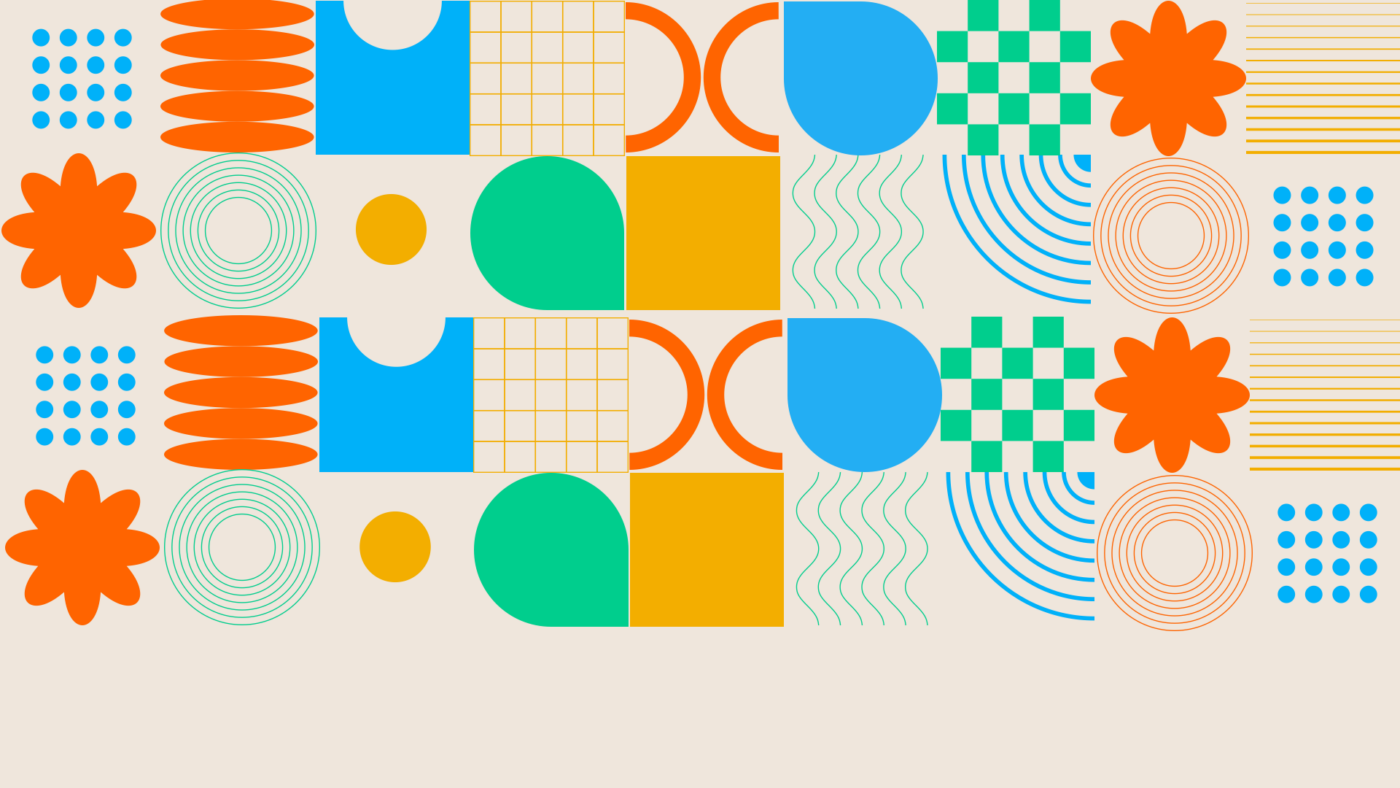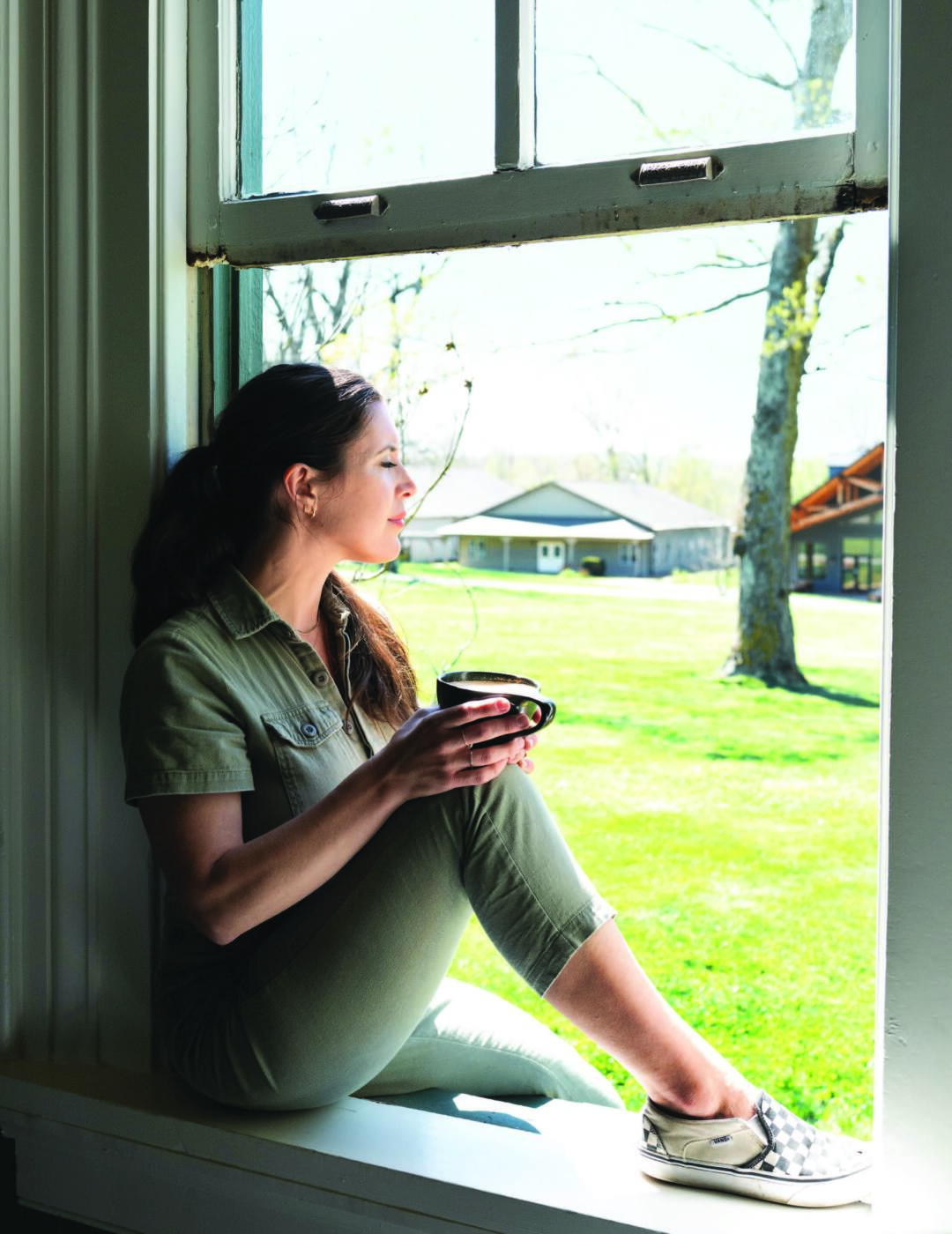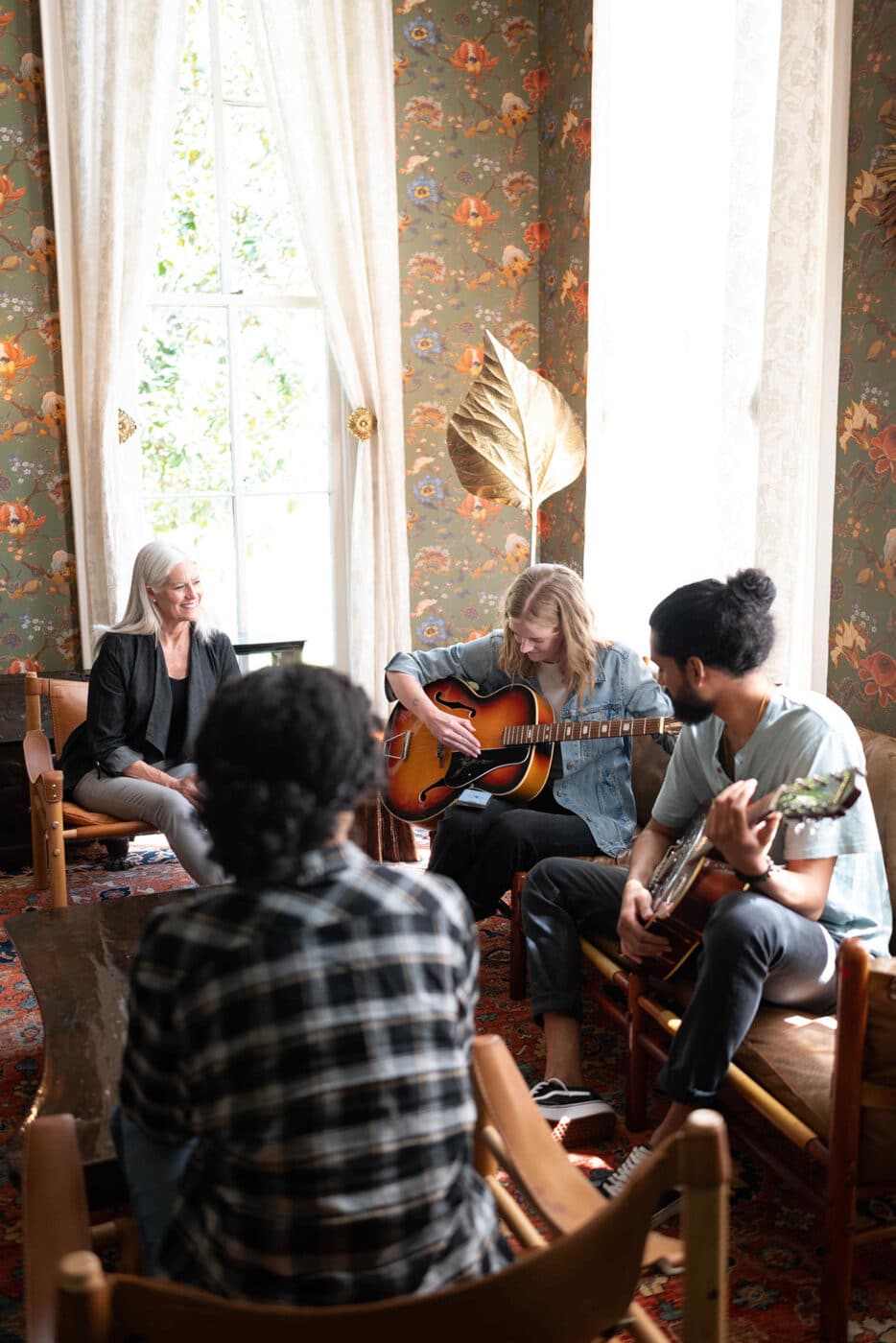Why Stuffing Our Feelings Isn’t Working
Picture this:
It’s been a day—one of those days where anything that can go wrong has gone wrong.
You wake up early to have time alone to prepare for the day before everyone wakes up, only to realize you’re all out of coffee. You decide to take a walk to your local coffee shop and discover they are closed for renovations. You hop into the car to drive a little farther for your morning cup, but due to roadwork, you sit in bumper-to-bumper traffic while trying to get out to the main road. Instead of starting your day from a place of groundedness and calm, you feel frenzied and behind.
You come home to sick kids that have to stay home from school and a work email filled with a mountain of unexpected feedback about your presentation.
“I’m fine. Everything is fine,” you tell yourself. You work from home and power through the day—scheduling doctor appointments and ensuring everyone has everything they need. Then, near the end of the afternoon, you suddenly realize that you haven’t eaten and somehow missed your important 3 pm meeting. You are hungry, exhausted, and filled with shame, anger, and disappointment, but you pull yourself together just in time for your next meeting. You smile, laugh, and put your best foot forward while ignoring the emotions slowly simmering beneath the surface.
You are not okay, and you know it. But you’re one thing away from completely losing it.
We know this series of events all too well. The compounding stresses of day-to-day life and the increasing drive for productivity fuel a ‘grin-and-bear-it’ existence that is sustainable until it isn’t. We crack under the weight of the final straw. It’s usually something minor—we can’t find our glasses, and it all comes crumbling down.
Spoiler alert: it’s not the glasses. It was never about the glasses.
Why We Need to Feel Our Feelings
Despite what many of us grew up believing, there are no good or bad emotions. There are just emotions. And every one of them provides us with information. Our feelings tell us a story about our lives and can help inform the way we move through our overwhelming days.
What might our lives look and feel like if we were to turn toward our emotions rather than away from them? Instead of stuffing our feelings deep down inside ourselves—an often default response to an emotional experience we are uncomfortable with—what if we considered what they are trying to tell us?
What if our anger was trying to clue us into our deepest wants and needs? What if our anxiety wasn’t just something to get rid of but rather a manifestation of fear and a needed nudge to move into a safe and non-threatening environment?
Stuffing down our feelings isn’t going to work. Our feelings will come out, one way or another. So, as we explore in Onsite’s digital course, Becoming Emotionally Smart, in order to thoughtfully manage all we’re carrying, we have to cultivate self-awareness by identifying our feelings and the emotions underneath them.
As we often say, “You can’t heal what you can’t feel”, so it’s crucial to take an honest look at how we are experiencing our lives and begin to turn towards these feelings with curiosity to move forward in healthy ways. Tuning in and getting connected to ourselves no only benefits us on a personal level but also fosters attunement in our relationships with others.
So how exactly do we stop stuffing our feelings and start connecting with our emotions?
How do we check in with ourselves?
We’re glad you asked! Plenty of tools and practices exist to assess your feelings, where you are feeling them, and how they impact you. Let’s explore two of them:
Emotional Body Scan
The goal of an emotional body scan is to pause and notice what’s going on beneath the surface. To check in with ourselves authentically, we must ask questions that help us realign with our insides. Free of pressure or desired outcomes, ask yourself these questions:
- What am I feeling? (Example: The feeling I feel the strongest right now is ______Stress, Anger, Grief, Joy, Gratitude, etc.)
- Where in my body am I feeling it? (Example: I feel tightness in my chest.)
- How is it impacting me on a scale of 1-10? (Example: I feel it at about a 7.)
Do your best to be present and mindful of what you feel in the moment. This will help you truly connect with yourself so you can, in turn, connect with others.
Emotions and Feelings Wheel
Language is powerful. This guide will help you explore, acknowledge, and name your emotions.
Download Emotions and Feelings Wheel
We hope that these tools might help you become less guarded, stressed, and distracted, leading you to be more open, at peace, and, ultimately, more present to your life.
—-
If you’re tired of stuffing down your feelings and want to learn to engage with your emotions in a safe and authentic way, we invite you to consider The Living Centered Program, a six-day workshop led by expert therapists who will guide you in exploring, deconstructing, and rewriting your narratives.
Our beautiful campus and retreat-like setting allows you a break from your daily distractions and provides the clarity needed to re-establish congruence between your feelings, values, and actions so that you might live an intentional, meaningful, and fulfilling life.
In sum, Living Centered is an invitation home to your true self.
This world-renowned group experience is designed to meet you right where you are.
Our team will help you connect your past and present experiences and work through issues such as trauma, depression, anxiety, codependency, loneliness, childhood wounds, family dysfunction, negative relationship patterns, or simply the stresses of daily life.
Together, let’s do the work to set a course toward a life of agency, intention, and connection.
Connect with our team at 1-800-341-7432, or get started on our website today!


















